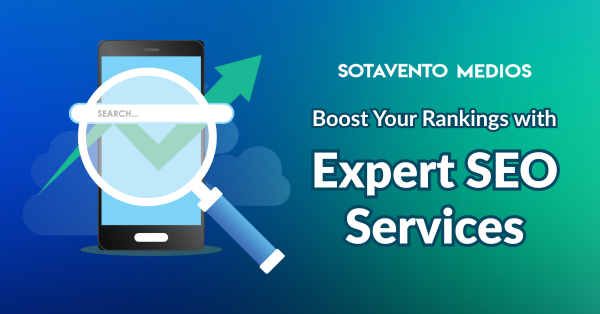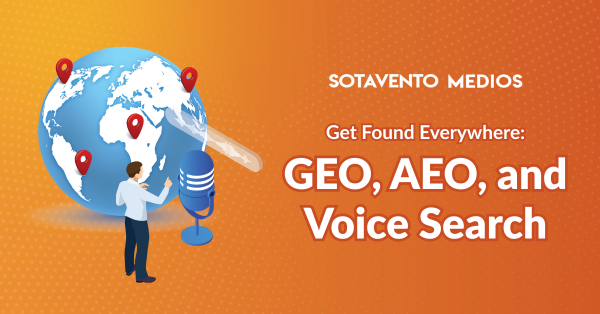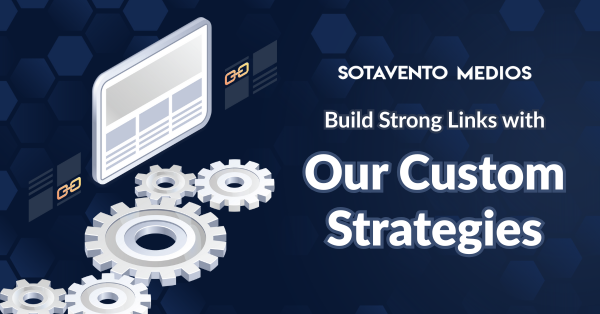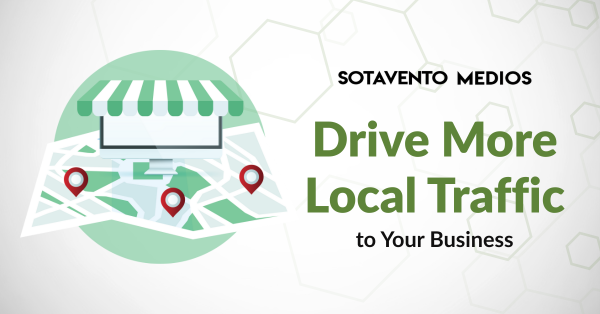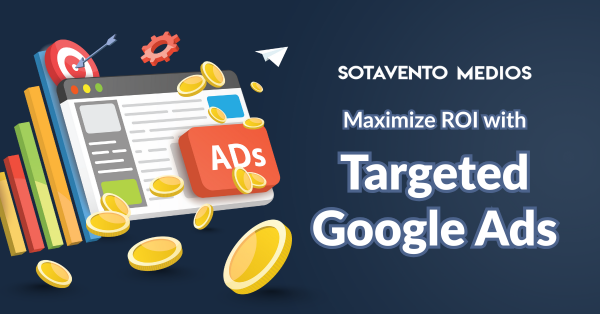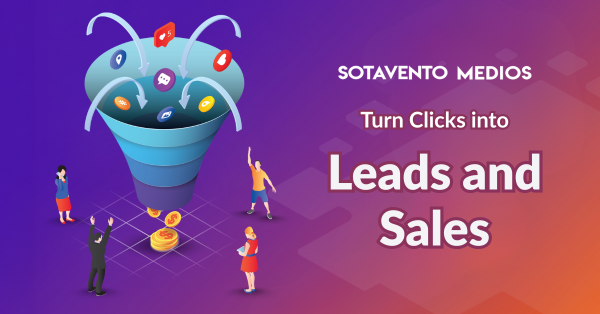The rules of digital visibility have changed fundamentally. In 2025, for B2B firms and technical specialists, the key term for success is no longer just SEO (Search Engine Optimization); it is AEO-Answer Engine Optimization.
Google’s launch of AI Overviews, previously known as SGE, has rapidly transformed how information is delivered for both informational and commercial searches. The focus has shifted from aiming for the top organic link to competing for the synthesized answer that appears at the top of the search results page. The data is clear: AI Overviews show up in nearly 20% of global searches. For high-intent informational queries, this percentage is even higher. Some studies show organic click-through rates drop by 18% to 64% when an AI Overview is present.
For a trusted B2B brand like yours, this situation is not a threat but a necessary change. Visibility now depends on how often your content is cited as the go-to source by a Large Language Model (LLM). This article explains the technical and strategic necessity of AEO, offering a guide to content creation that ensures your expertise drives the next generation of search.
The Technical Imperative: Why Traditional SEO is Insufficient
The main difference between SEO and AEO lies in their goals. Traditional SEO seeks to rank a page to secure a click, while AEO focuses on organizing content so an AI engine can extract, quote, and summarize it accurately, gaining a citation and brand visibility, even without a click.
To thrive in this new landscape, technical SEO must shift from basic crawlability to machine-readability and semantic authority.
1. Structured Data and Schema Markup at Scale
Schema has always been important in technical SEO, but it is now the foundation of AEO. AI Overviews reward content that is easy for machines to read, so well-implemented structured data is essential for guiding AI to your content.
- Implement High-Intent Schema: Go beyond standard `Organization` and `Article` schema. Apply `FAQPage` schema to your resource pages and guides, using clear, question-based headings that reflect user search intent. For comparison content, use `HowTo` or suitable product/service schema. Pages using schema can achieve up to 58% higher visibility in AI snippets.
- The Technical Snippet Optimization: Make sure the content that answers the question is immediately next to the question (for instance, an H3 header followed right after by a simple, bulleted answer). This setup is vital for AI model extraction.
2. Conversational Content and Precise Answer Formatting
The AI Overview model is based on conversations. It responds to questions posed in natural language rather than just keywords. Your content must adjust to this change.
The 60-Word Rule: Structure your content to present every key concept with a clear, concise definition or answer, ideally in under 60 words. The main H2 should state the question (e.g., “What is Answer Engine Optimization?”), and the first paragraph needs to provide a direct answer suitable for immediate AI extraction.
Leverage Scannable Formats: AI systems prefer content that is organized into lists, tables, and brief paragraphs. Review all high-value pages, replacing long blocks of text with:
* Numbered steps for processes (“How-To” guides).
* Comparison tables for product/service features.
* Bullet points for benefits and main takeaways.
3. Fortifying E-E-A-T: The Trust Signal for LLMs
The reliability of AI Overviews depends on the credibility of their sources. As a leading B2B entity, your Experience, Expertise, Authoritativeness, and Trustworthiness (E-E-A-T) signals are now essential for AEO ranking. AI Overviews are more likely to cite sources with strong E-E-A-T, especially in YMYL (Your Money or Your Life) related B2B topics such as finance, legal matters, and operational compliance.
Author and Entity Mapping: Ensure every content piece is linked to a credible author, like a subject matter expert, CEO, or industry leader. Use `Author` schema and link back to a detailed bio page that highlights their credentials, experience, and external citations. This connects your content with a trusted entity.
Original Data and Research: AI models extract data. The best way to get cited is to be the unique source. Invest in original research, unique data, case studies, and expert surveys. When an AI summarizes a fact, it must cite the original source, making your brand a vital authority.
Strategic AEO: Content and Audience Alignment in the AI Era
The rise of AEO also requires a strategic review of content strategy and key performance indicators (KPIs).
Redefining Keyword Strategy: The Intent-to-Answer Gap
Keywords are still important, but the emphasis should shift from high-volume, vague terms to long-tail, high-intent, question-based queries that AI Overviews typically resolve.
Focus on the Buyer’s Journey: AI Overviews often address informational queries at the top of the funnel. Use them to create brand awareness and establish thought leadership before buyers reach the transactional stage. Optimize for questions like “What is the true cost of X software?” or “What’s the difference between Y and Z technology?”
Build Topic Clusters, Not Single Pages: AI Overviews reward Topical Authority. Create content clusters around key B2B themes (Pillar Pages) and interlink detailed sub-topics (Cluster Content). This approach shows the LLM that your brand comprehensively covers the entire subject area, increasing the chance of citation across related queries.
The New KPI: From Clicks to Mindshare and Overlap
While organic traffic (clicks) is an important traditional metric, AEO requires tracking new, visibility-focused KPIs.
Measure Citation/Overlap Rate: Manually or using specialized tools, track how often your content is cited as a source link within the AI Overview box. A high Overlap Rate (the percentage of AI citations matching your organic ranking) indicates that your AEO efforts are supporting your core SEO health.
Monitor Brand Mentions: Being cited by AI is a powerful form of brand exposure, even without clicks. Track mentions of your brand, product names, and key personnel in AI-generated responses across Google, Bing Copilot, and other LLM platforms (e.g., Perplexity). This is a direct measure of earned Mindshare.
Securing Your Brand’s Digital Future
The rise of Answer Engine Optimization is not a temporary change; it establishes a new layer of search results. For B2B organizations, adopting AEO is critical to overcoming declining click-through rates from traditional search and maintaining a strong position as a cited authority.
Firms that prioritize AEO technically and strategically—by implementing strong schema, structuring for extraction, and building solid E-E-A-T—will control the digital narrative in 2025 and beyond.
Ready to transition your technical SEO strategy to AEO success? Our team at Sotavento Medios specializes in detailed AEO audits and Generative Engine Optimization (GEO) strategies, helping turn complex AI trends into measurable B2B growth. Connect with our technical SEO experts today to ensure your brand’s future visibility.

